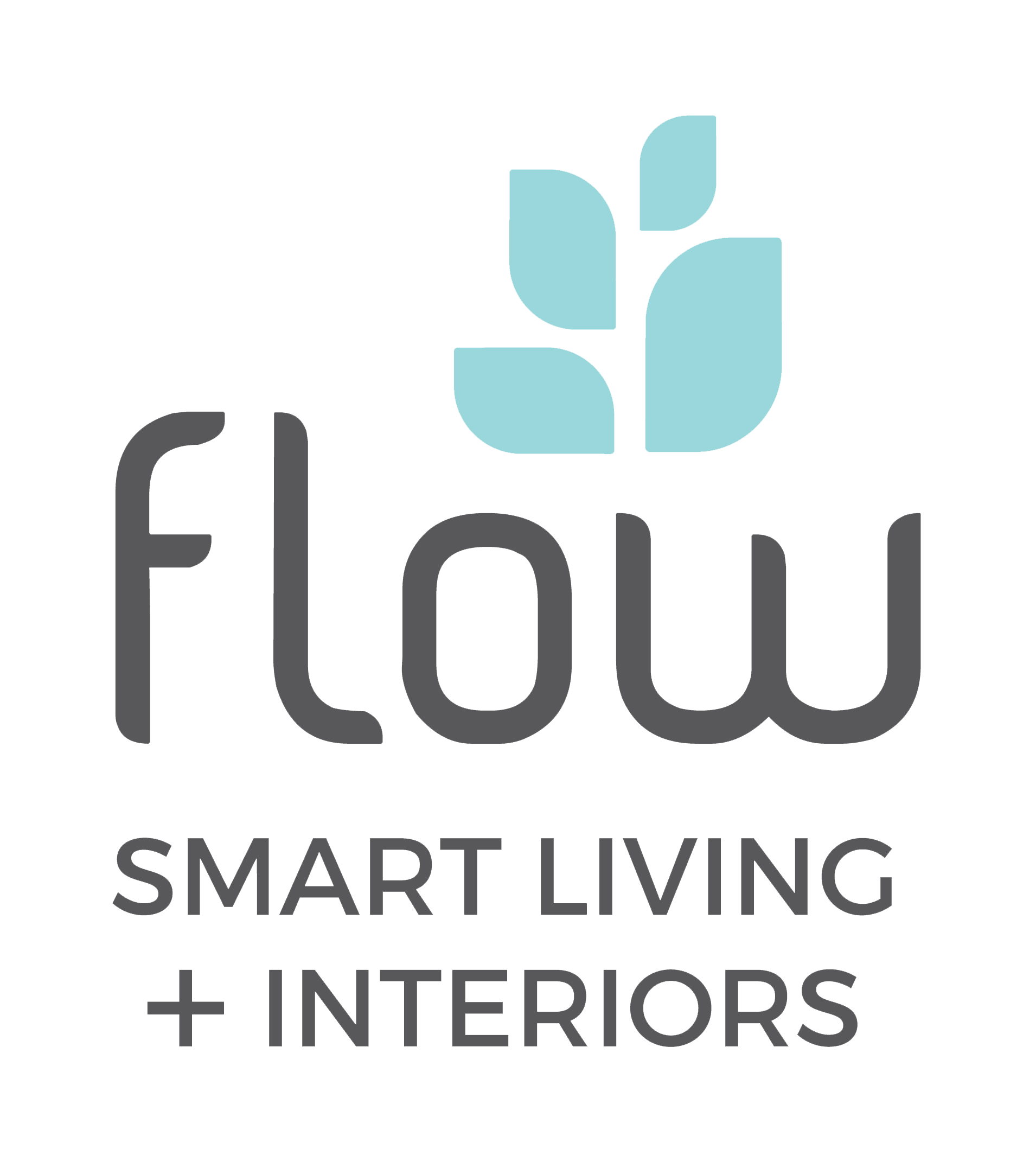Interior Decorator vs. Interior Designer vs. Home Staging Specialist: What’s The Difference?
Interior Designer, Interior Decorator, Home Staging Specialist — this terminology can be quite confusing for somebody who’s not in the industry. These services sound very similar, but yet, are so different. Don’t worry — we’ll explain why!
Interior Decorator


An Interior Decorator uses fabrics, furnishings, and accessories to change the aesthetics and impressions of a space, while working within its functionality. After taking measurements, photos, and obtaining the floor plan, an interior decorator will create a design concept that can include fabrics, flooring, furnishing, lighting, fixtures, accessories, paint, and art.
Interior Designer


An Interior Designer is someone who understands people’s behaviours and creates optimal functionality of interior spaces. Their job is to lay out walls and floor plans, while keeping the following in mind: local building codes, fire safety, accessibility, efficiency, functionality, and acoustics.
Interior Designers provide clients with concept drawings using AutoCAD and/or SketchUp, so the client can understand and review the concept. Interior Designers may also take on the role of a Interior Decorator after their floor plans have been reviewed by building representatives and implemented.
Working with contractors to create the best designs, Interior Designers can help design dream kitchens or bathrooms!
Home Staging Specialist


A Home Staging Specialist’s job is very similar to an Interior Decorator’s — they also use furnishings and accessories to change the aesthetics and impressions of a space, while working within its functionality. The major difference between a Home Staging Specialist and an Interior Decorator is the reason why they’re hired.
An Interior Decorator typically has full artistic control of their installations (with the approval of their client, of course) because they are hired by the client to help bring their vision to life.
On the other hand, Home Staging Specialists are hired by homeowners that are looking to sell their property. They are trained to design spaces that appeal to the homeowner’s target buyer, as well as the building and neighbourhood style. At the end of the day, homeowners are looking to sell their property quickly and for highest amount of money possible, so a Home Staging Specialist’s designs need appeal to a wide audience, and can’t be too specific.
Did you know we offer all three services?
Whether you’re looking for an Interior Designer, Interior Decorator, or Home Staging Specialist, give us a call at 604-674-8884, or email hello@flowsmartliving.com!

































